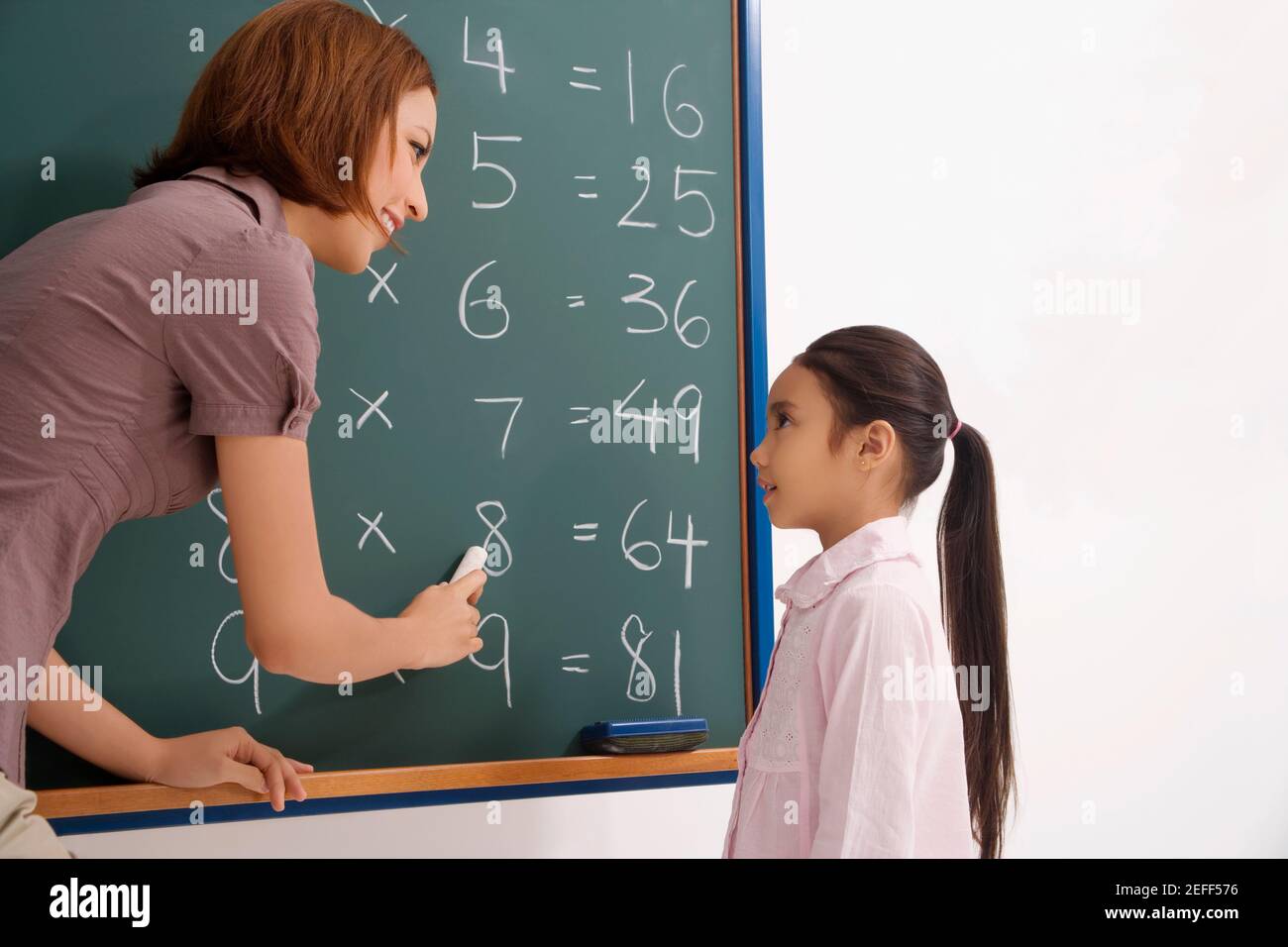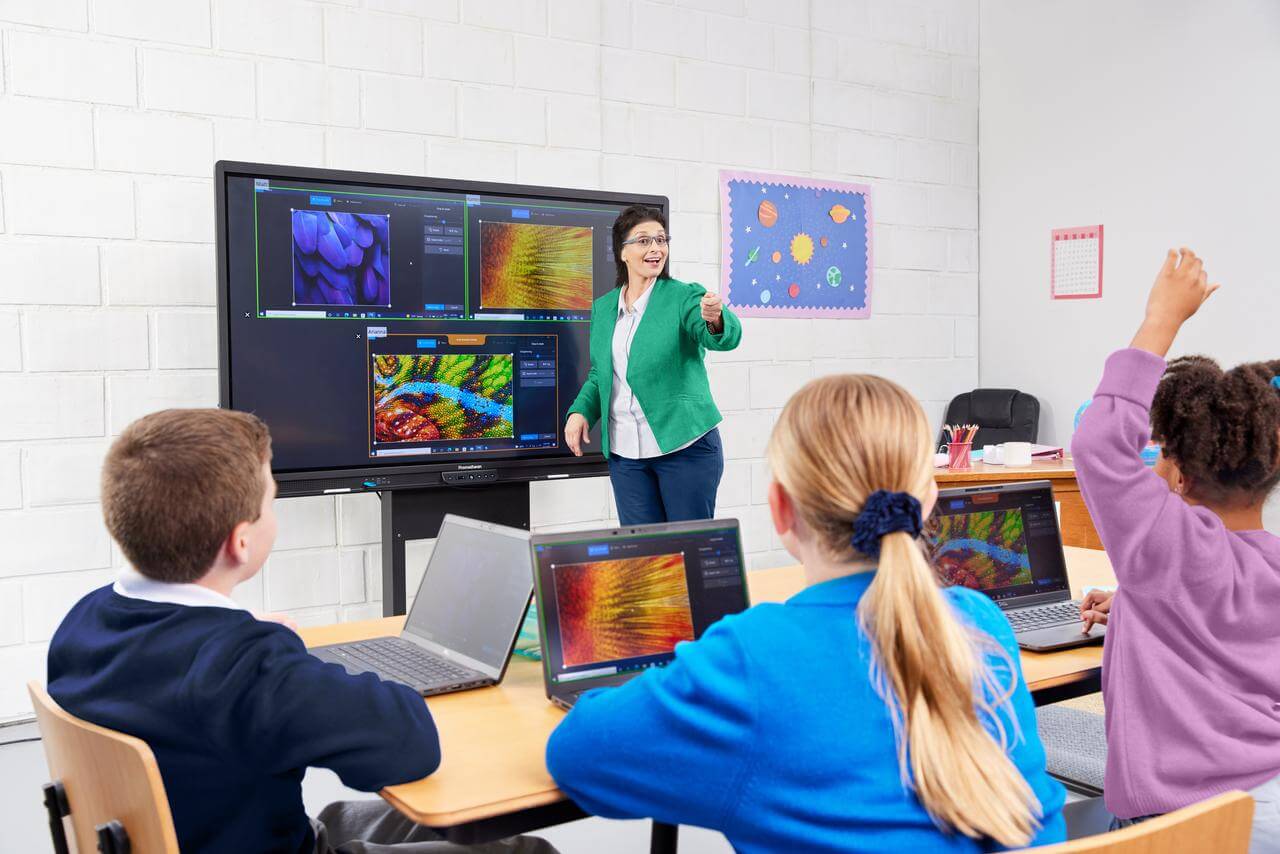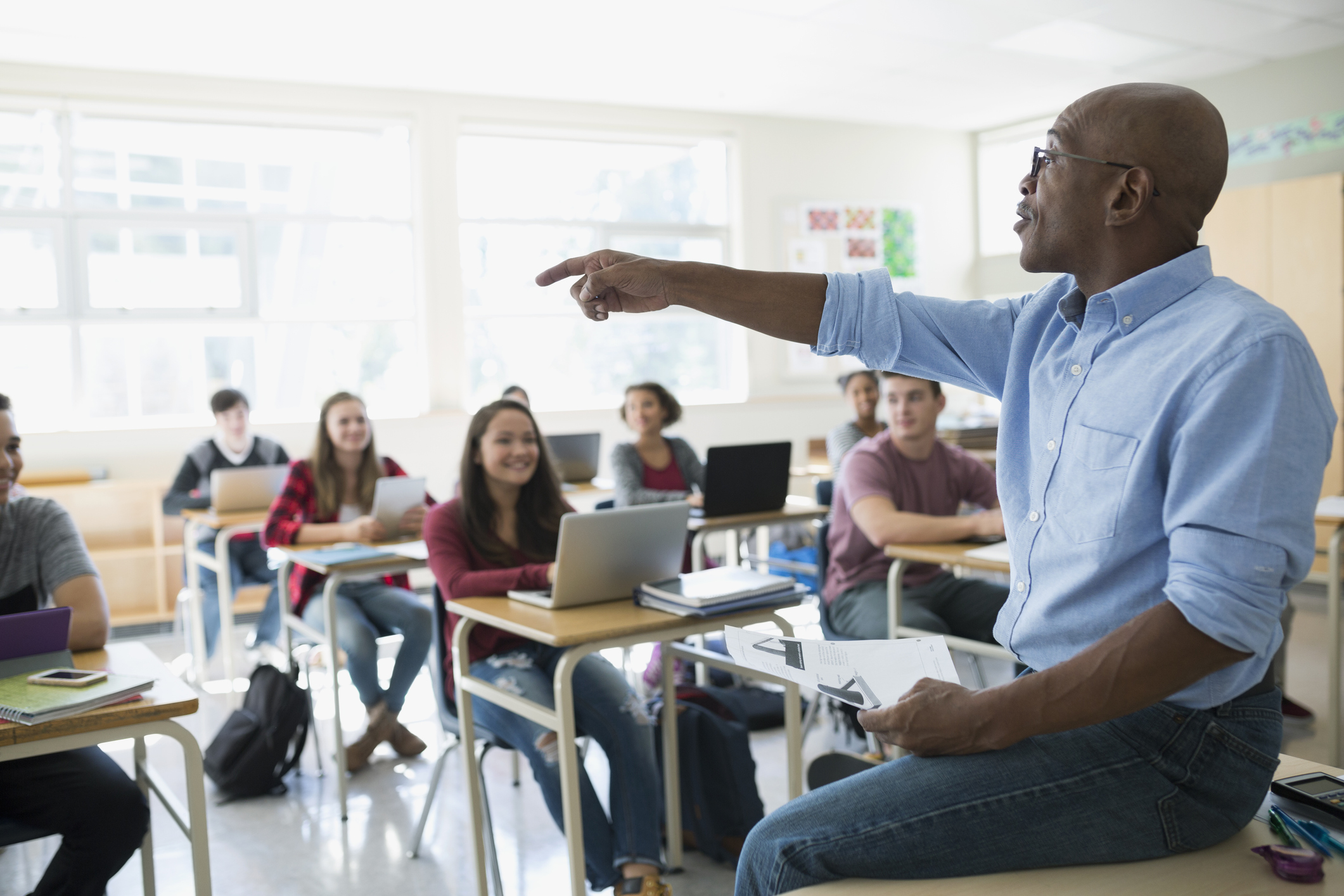Enroll in Primary Science Tuition Singapore for a Strong Science Foundation
Enroll in Primary Science Tuition Singapore for a Strong Science Foundation
Blog Article
Discovering the Various Training Techniques in Main Scientific Research Education And Learning Today
The landscape of main science education is developing, with various teaching techniques getting prominence in modern class. Inquiry-based understanding, hands-on experiments, and the combination of innovation are redefining how teachers involve young minds. Additionally, joint approaches and set apart guideline are being used to satisfy the diverse demands of pupils, boosting both interaction and understanding. As we analyze these approaches, questions arise concerning their efficiency and the implications for future instructional methods. What might these changes in strategy mean for the future generation of students?
Inquiry-Based Knowing
Inquiry-Based Understanding (IBL) is a pedagogical strategy that motivates pupils to explore clinical concepts through doubting, examination, and hands-on experimentation. This technique emphasizes the function of trainees as energetic participants in their learning, promoting critical thinking and analytic skills. By involving with real-world questions, students come to be inspired and interested, which enhances their understanding of clinical principles.
In IBL, teachers act as facilitators, guiding trainees as they navigate their questions as opposed to delivering info directly. This student-centered technique permits differentiation, suiting numerous finding out speeds and designs. Trainees establish abilities in creating theories, making experiments, and evaluating information, which are crucial for scientific proficiency.
In addition, IBL cultivates collaboration amongst trainees, encouraging them to share concepts and searchings for. This cumulative inquiry advertises social abilities and a feeling of neighborhood within the classroom. Moreover, the procedure of query motivates resilience, as pupils discover to accept failure as a tipping stone toward understanding.
Hands-On Experiments
Hands-on experiments are an important component of reliable scientific research education, complementing the concepts of inquiry-based knowing. These experiments permit trainees to involve directly with scientific concepts, cultivating a deeper understanding via experiential understanding. By adjusting materials and observing end results, young learners can grasp abstract theories in substantial ways.
Such tasks promote crucial thinking and analytical abilities, as students assume results, conduct experiments, and analyze outcomes. This process urges them to ask questions, fine-tune their understanding, and develop a clinical attitude. Hands-on experiments can be customized to varied knowing designs, guaranteeing that all pupils have the opportunity to engage meaningfully with the web content.
Furthermore, hands-on experiments usually encourage partnership amongst peers, advertising teamwork and communication skills. Operating in teams enables students to share ideas, review searchings for, and pick up from one another, which improves their general educational experience.
Incorporating hands-on experiments into the main scientific research educational program not just improves the finding out atmosphere yet additionally grows a long-lasting rate of interest in scientific research. By proactively taking part in their education and learning, pupils are most likely to create an interest for clinical questions that expands past the classroom.

Modern Technology Assimilation
Integrating technology right into primary scientific research education and learning has actually come to be significantly vital in fostering pupil involvement and enhancing learning end results. Using electronic devices, such as interactive simulations, online laboratories, and academic software program, gives students with opportunities to explore clinical principles in ingenious ways. These resources help with a deeper understanding of intricate subjects by permitting students to imagine and manipulate variables that would be impractical in a standard classroom setting.
Moreover, modern technology assimilation encourages customized learning experiences. Trainees can advance at their very own rate, revisiting tough principles through multimedia sources, which deal with various understanding styles. This versatility not just supports Website individual development however additionally grows a sense of autonomy in students.
Additionally, technology functions as a bridge to real-world scientific research, attaching students with existing study and professional contributions. Accessibility to online data sources and clinical journals broadens trainees' viewpoints on scientific query and cultivates important assuming abilities.
Collaborative Discovering
Joint discovering plays a crucial duty in key scientific research education and learning by cultivating team effort and communication abilities among students. This method urges students to interact, share knowledge, and involve in analytic, which boosts their understanding of clinical principles. By joining group activities, students discover to express their concepts, pay attention to varied point of views, and negotiate services, all of which are crucial abilities in both academic and real-world contexts.

Research study shows that collaborative learning can cause increased inspiration and involvement in science subjects, you can find out more as trainees locate satisfaction in common experiences (primary science tuition Singapore). Furthermore, this approach prepares trainees for future joint endeavors, furnishing them with the skills essential for effective team effort in college and specialist atmospheres. Eventually, embracing collaborative discovering in primary scientific research education and learning can substantially improve the learning experience and advertise a deeper understanding of scientific query
Differentiated Direction

Separated guideline can show up in numerous means, such as differing the material, processes, or products of understanding. As an example, teachers may utilize tiered assignments that provide differing levels of complexity, allowing trainees to operate at their respective preparedness degrees. In addition, adaptable grouping techniques can facilitate cooperation among pupils with various capabilities, promoting peer discovering.
Analysis plays a critical duty in this strategy, as it notifies guideline and assists educators understand each student's distinct demands. Formative assessments, such as monitorings and quizzes, can guide educators in adjusting their techniques to enhance finding out outcomes. primary science tuition Singapore. Inevitably, by executing distinguished direction in primary science education and learning, educators can grow a much more reliable and equitable discovering setting, encouraging all trainees to reach their complete potential in comprehending clinical sensations
Verdict
In recap, the varied training methods in primary science education, including inquiry-based learning, hands-on experiments, modern technology combination, collaborative knowing, and set apart instruction, collectively contribute to a much more efficient understanding environment. These methods promote vital reasoning, problem-solving skills, and a deeper comprehension of clinical concepts. By implementing these techniques, teachers can produce interesting and supportive classrooms that attend to the different requirements of students, eventually promoting a long-lasting interest in science and boosting scholastic success.
Inquiry-Based Discovering (IBL) is an instructional method that motivates students to explore clinical principles with wondering about, examination, and hands-on testing.Collective knowing plays a vital function in main science education and learning by cultivating team effort and communication skills among pupils.Study suggests that collaborative learning can lead to boosted motivation and engagement in scientific research subjects, as students locate pleasure in shared experiences.In cultivating an inclusive learning atmosphere, separated direction arises as a key approach to accommodate the varied needs and capacities of trainees in primary scientific research education. Inevitably, by carrying out distinguished guideline in key science education and learning, educators can grow a more reliable and fair learning atmosphere, equipping all students to reach their full possibility in comprehending clinical sensations.
Report this page